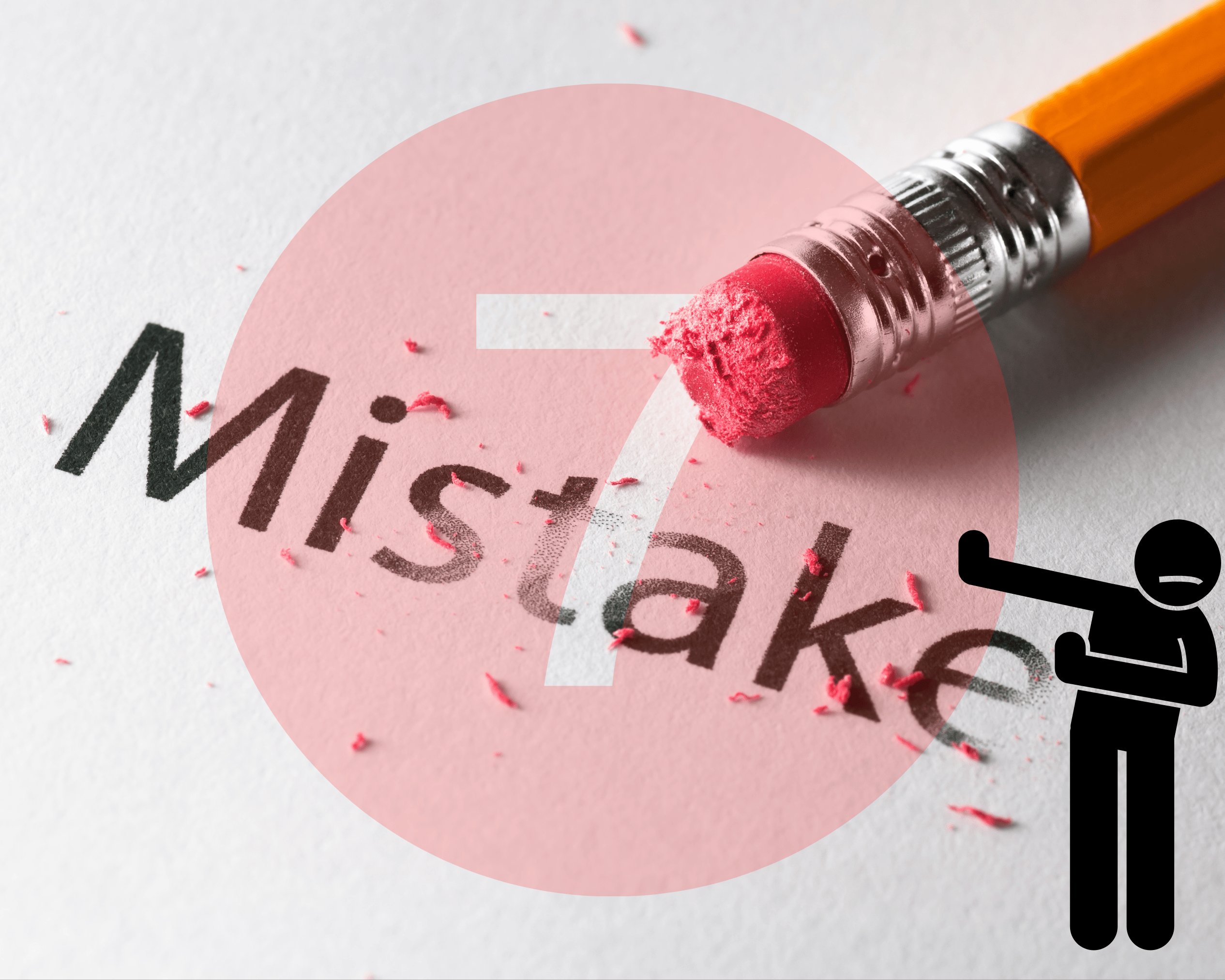“I’m in talks to sell my business and have a serious buyer. They want to meet my employees before closing. I’m nervous about disrupting the team. When is it appropriate for a buyer to meet with staff—during due diligence or after the sale?”
Answer from the Clearly Acquired Deal Team
Signed by Samson Jagoras, CEO & CIO
This is one of the trickiest points in any small business transaction—and you’re right to think carefully about timing.
Here’s the short answer:
Employee introductions usually happen post-closing—but in some cases, it makes sense to introduce key staff during due diligence, especially if their buy-in is essential to the deal.
Let’s walk through it.
👥 The People Equation in a Sale
In small and mid-sized businesses, the team is the business. Relationships, tribal knowledge, client service, operations—it all runs through people.
But letting employees know you're selling before the deal closes can cause:
- Anxiety and turnover
- Loss of productivity
- Rumors or customer concerns
- Leverage shifts in negotiations with key staff
That’s why most sellers wait until after the deal is closed to introduce the buyer. However, there are exceptions.
🔍 When Should a Buyer Meet Employees?
Here’s a breakdown of how we think about it:
🧠 How Buyers Can Approach This Thoughtfully
If you're the buyer and you want to meet employees:
- Limit it to essential personnel only
- Sign a mutual NDA to protect the seller’s confidentiality
- Frame the conversation appropriately (e.g., strategic partnership, potential transition, not “we’re taking over”)
- Reassure, don’t destabilize: Ask relationship-based questions, not investigative ones
- Ask for seller support during meetings—they should facilitate, not disappear
🤝 How Sellers Can Protect the Business
As a seller, you have every right to protect your team until the deal is firm. Here's what we recommend:
- Wait until the purchase agreement is signed or at least heavily negotiated before allowing access to staff
- Use employment agreements or bonuses to retain key people post-sale
- Communicate the transition confidently to staff when the time comes
- Work with the buyer on a joint communication plan
Remember: it’s your job to protect the business until the keys are officially handed over.
🏁 Final Thoughts
The best time for a buyer to meet employees is usually post-closing, especially if the team doesn’t know the business is being sold. However, for certain key roles or compliance reasons, select meetings during due diligence may be warranted—with discretion, structure, and clear communication.
Ultimately, every business is different. At Clearly Acquired, we advise both buyers and sellers on how to structure the right transition strategy to protect culture, retain talent, and keep operations strong through and beyond the deal.
—
Onward,
Samson Jagoras
CEO & Chief Investment Officer
Clearly Acquired
P.S. If you're preparing to sell or buy a business and unsure how to handle employee transitions, our team can help. We’ve built tools, templates, and coaching programs to guide you through each step with confidence.




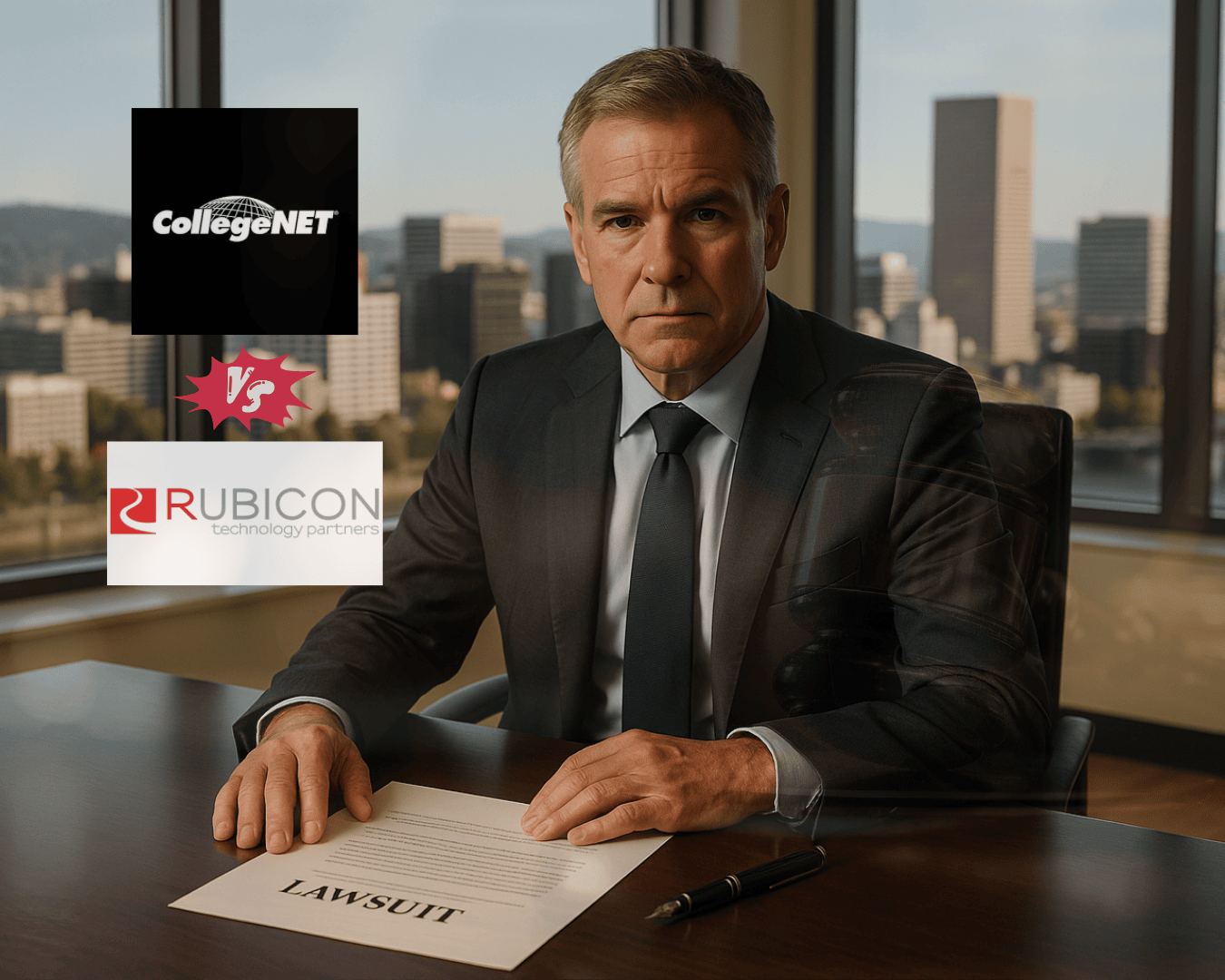






.png)

















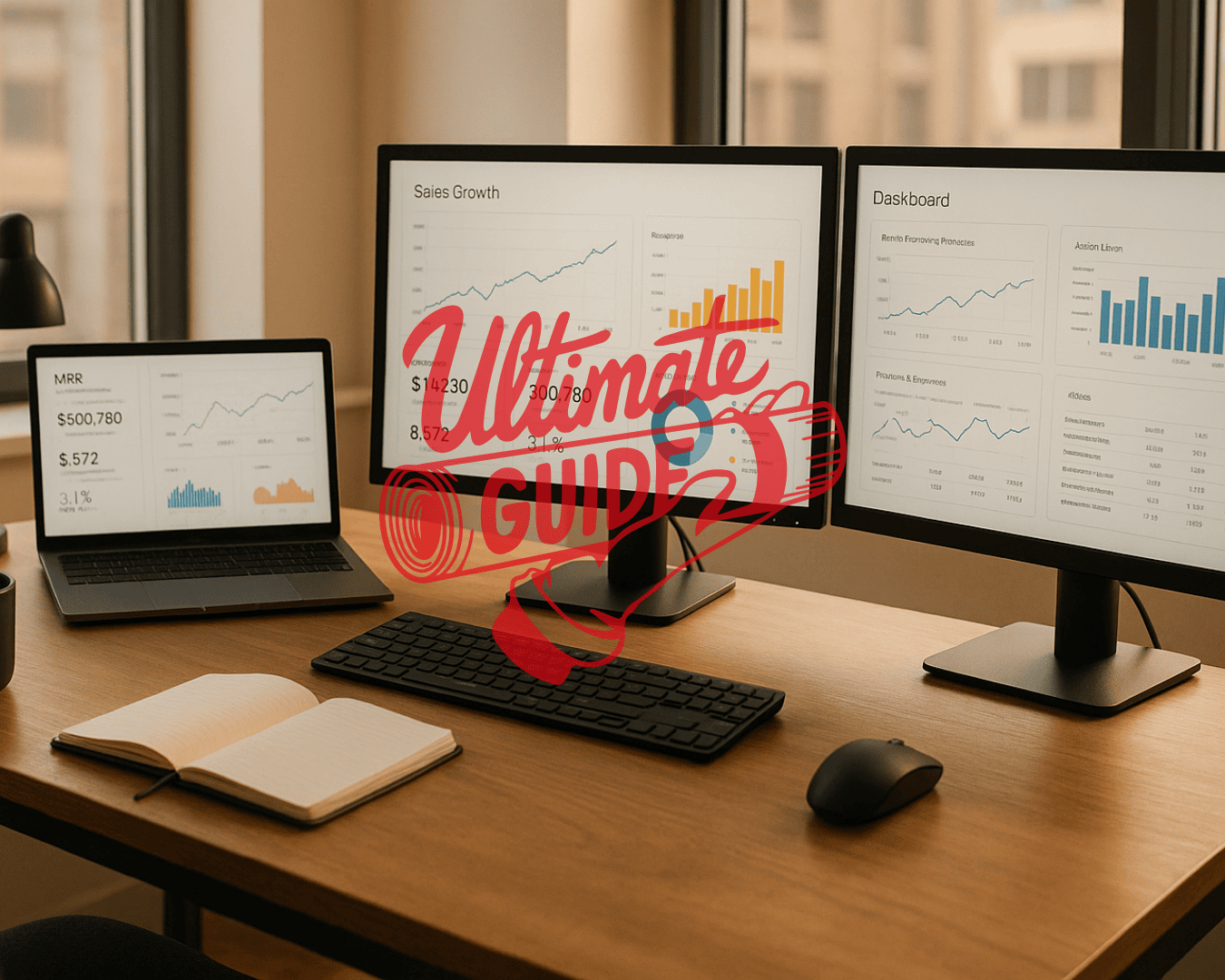










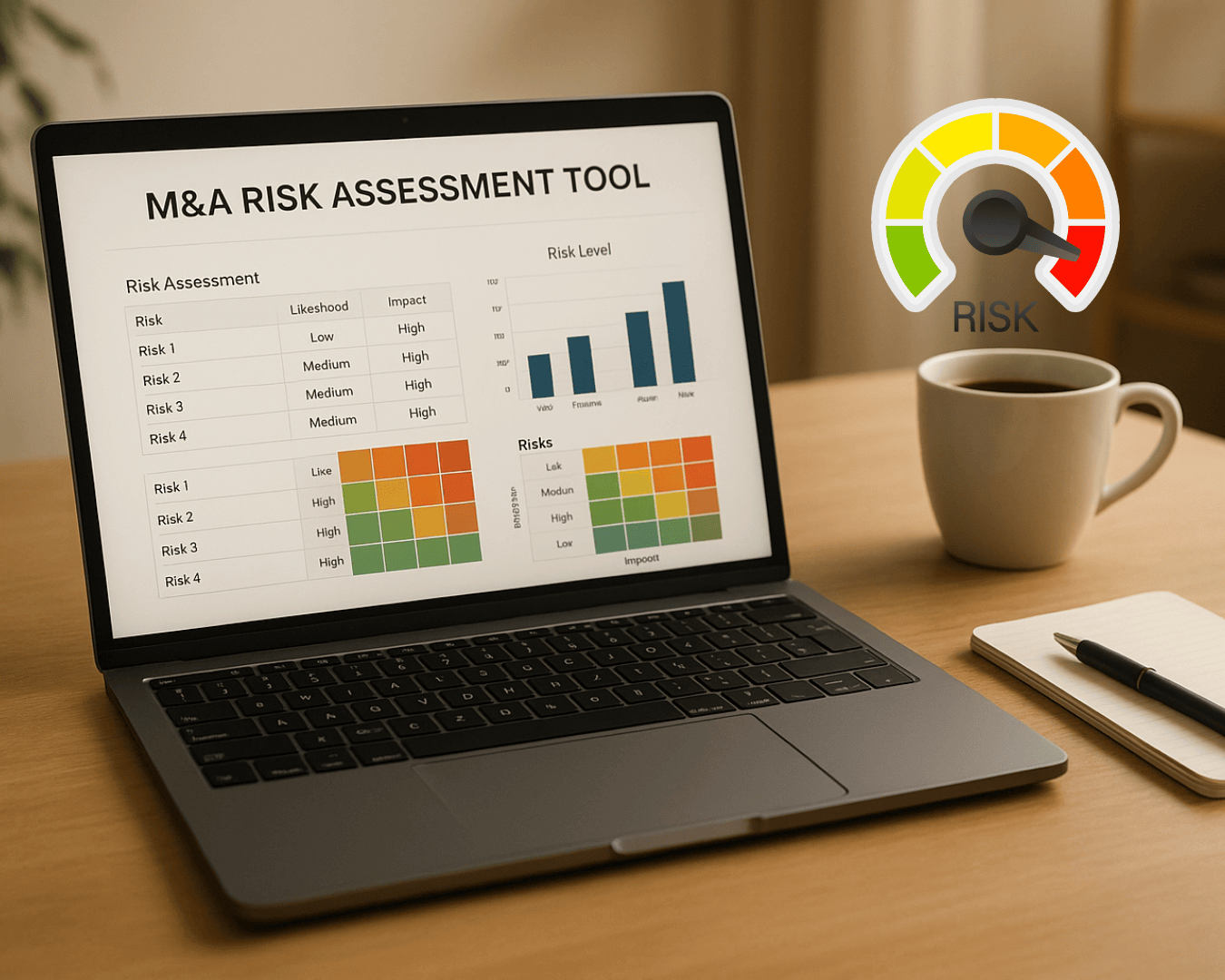

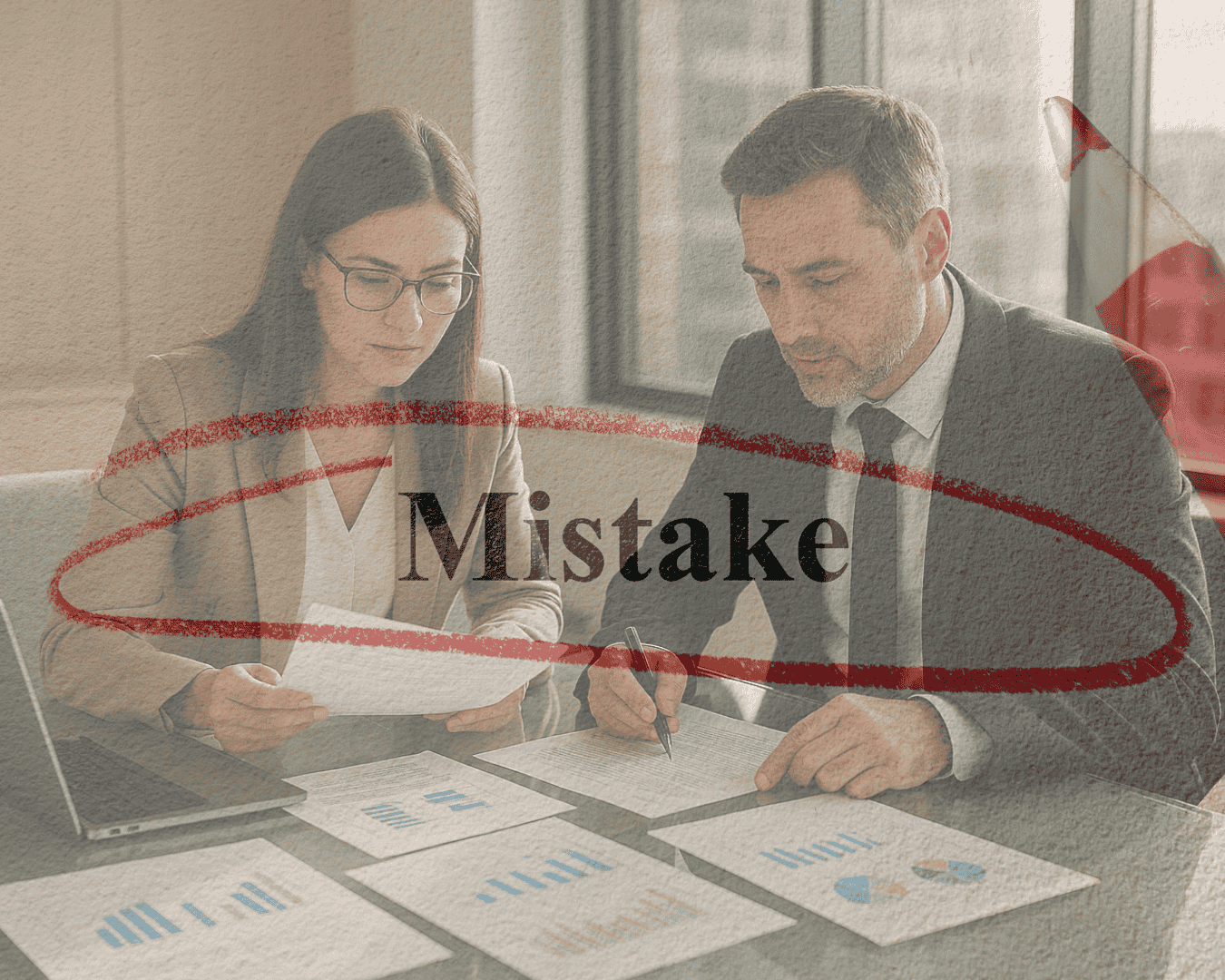
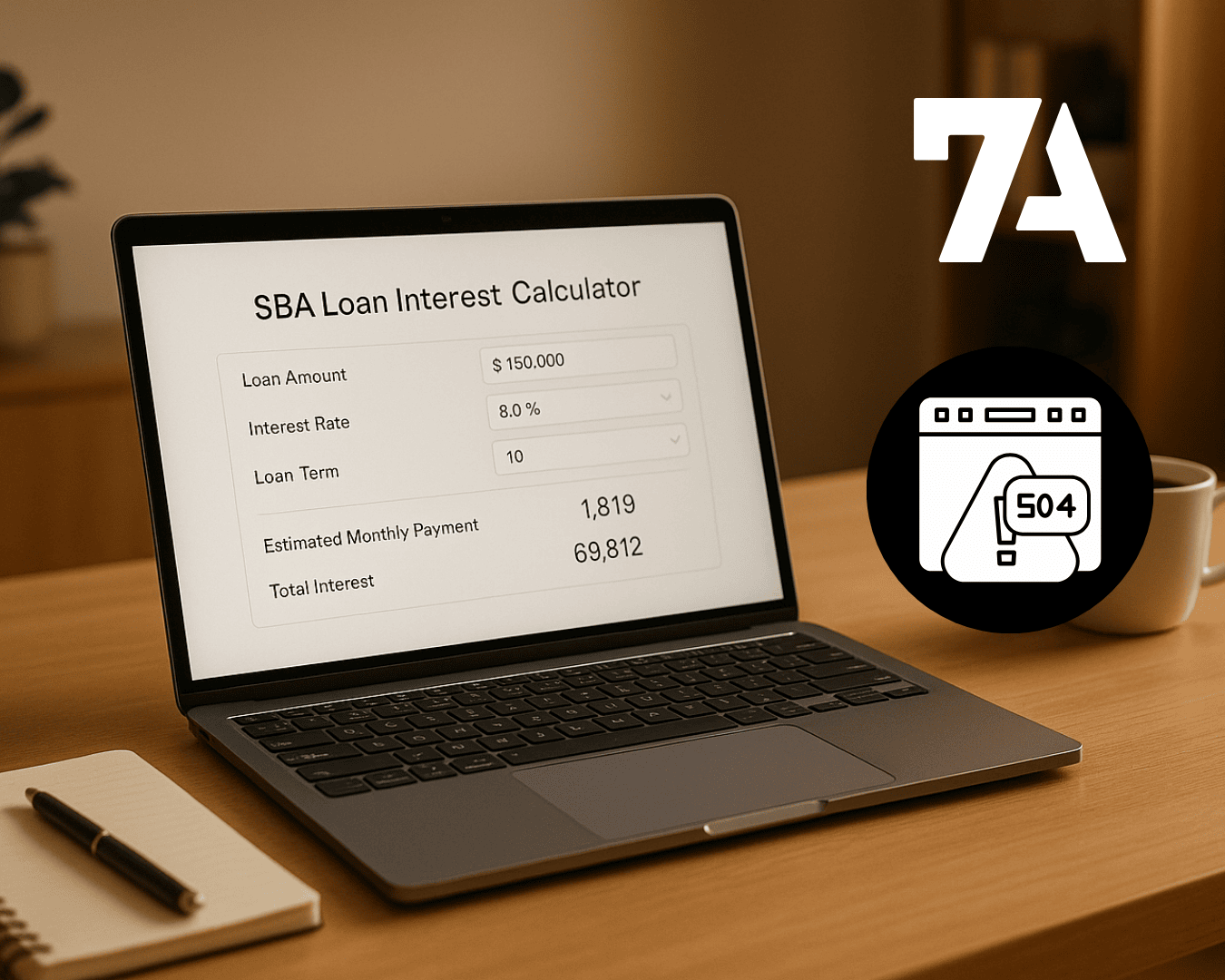








%20Loan%20Application%20Checklist.png)
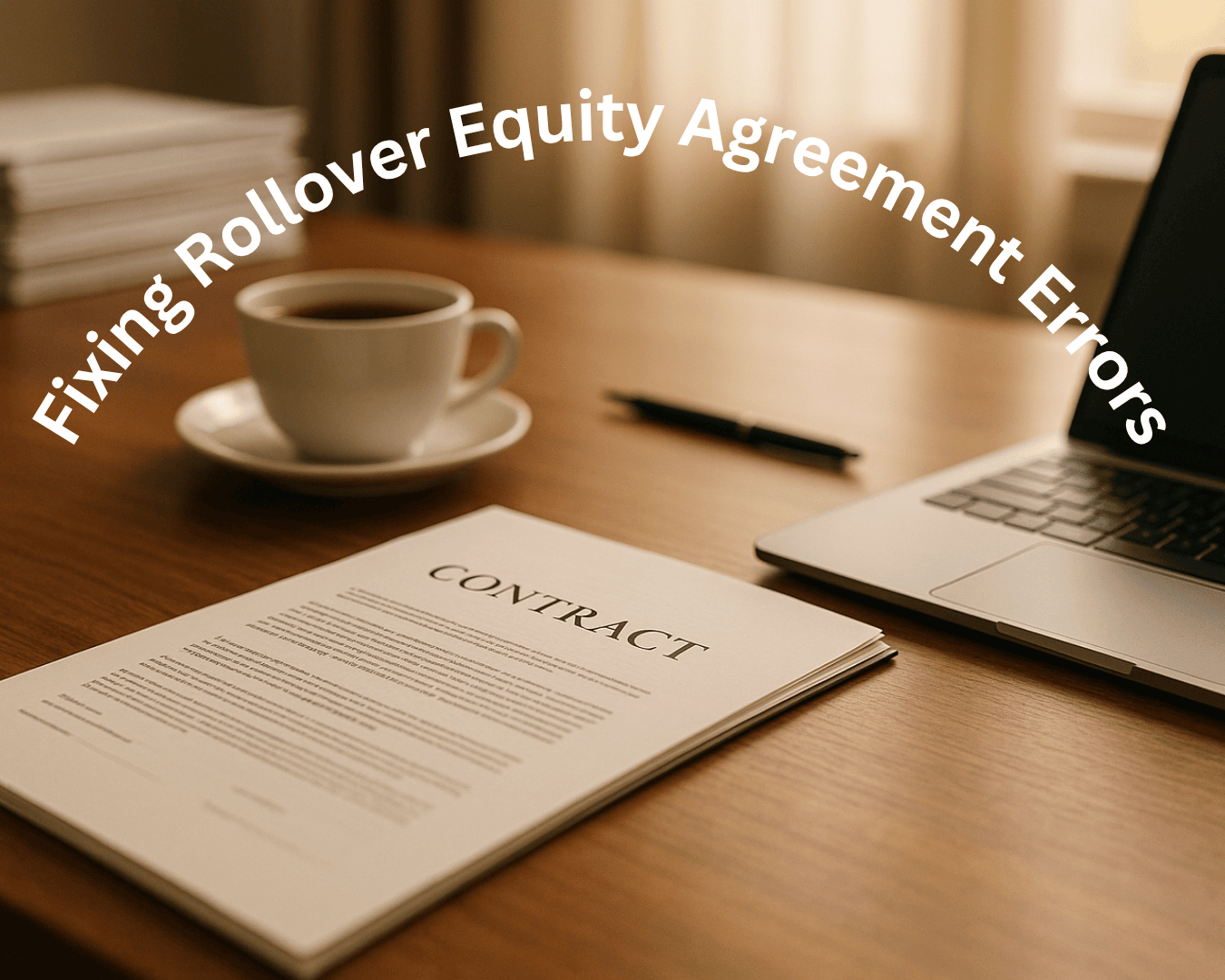












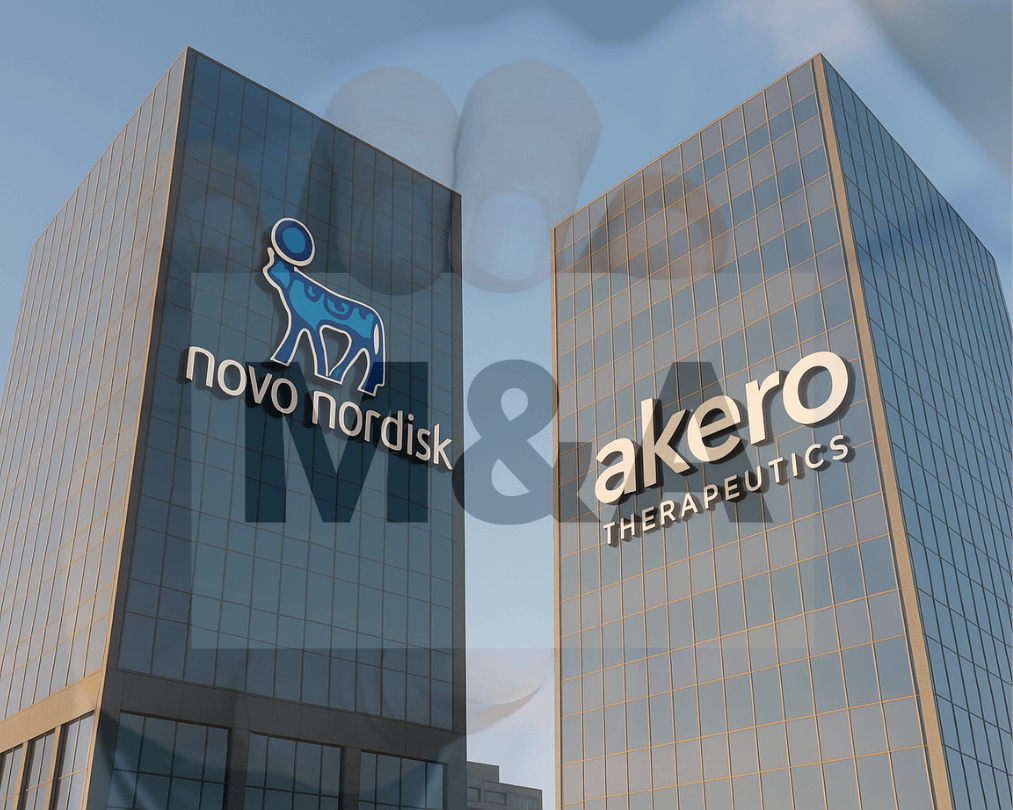



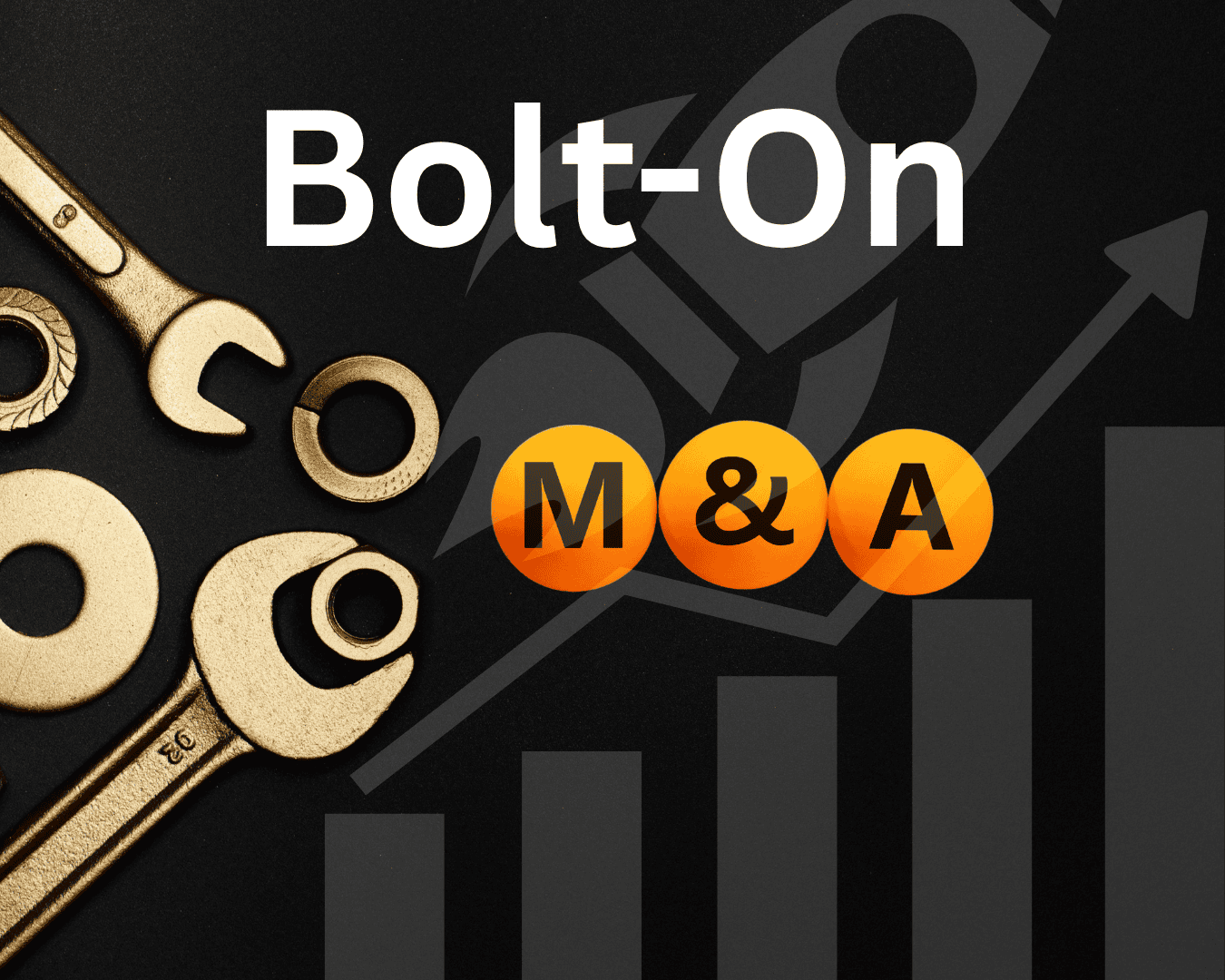










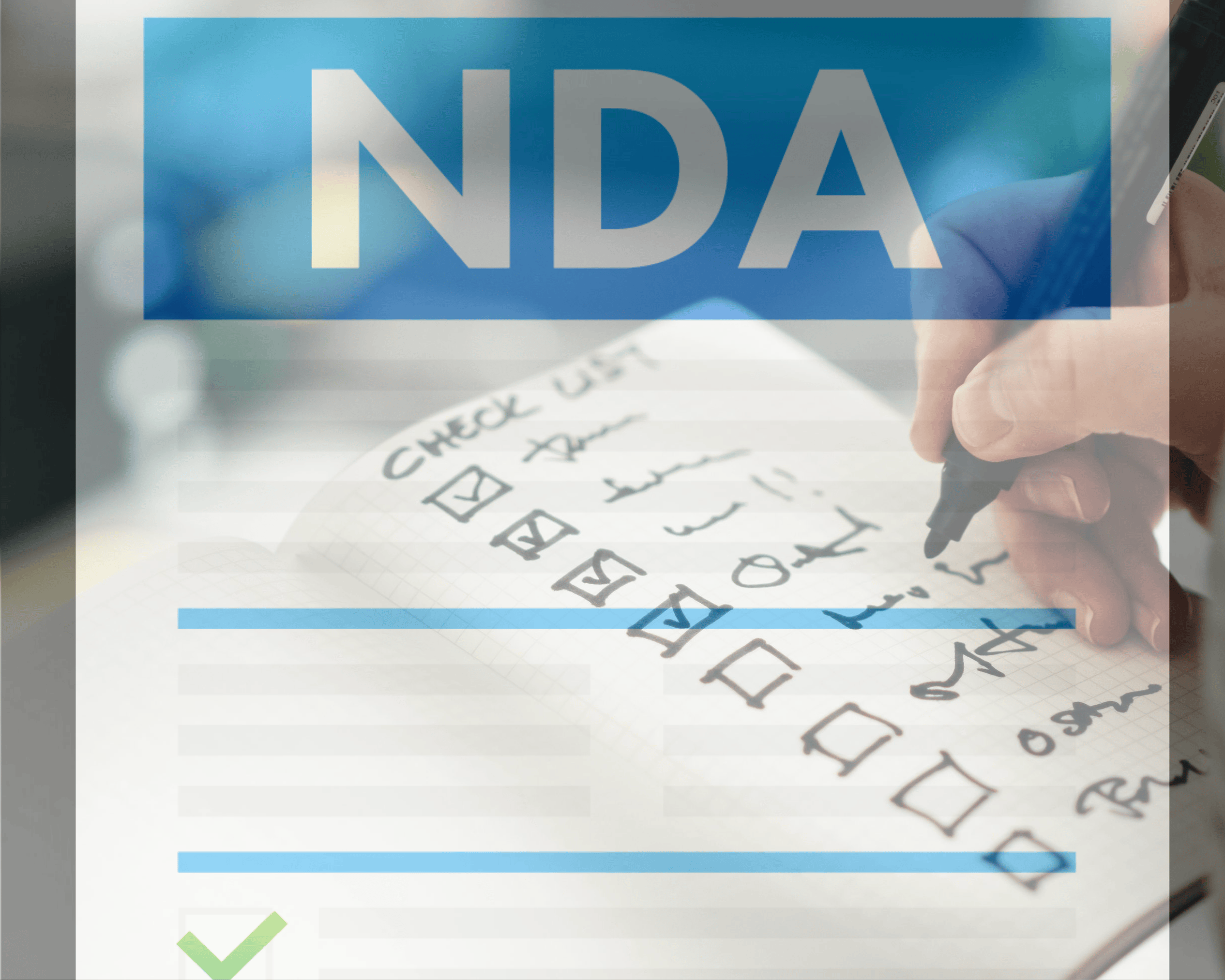










.png)
%20Loans%20%26%20Your%20Buy-Side%20Edge.png)



